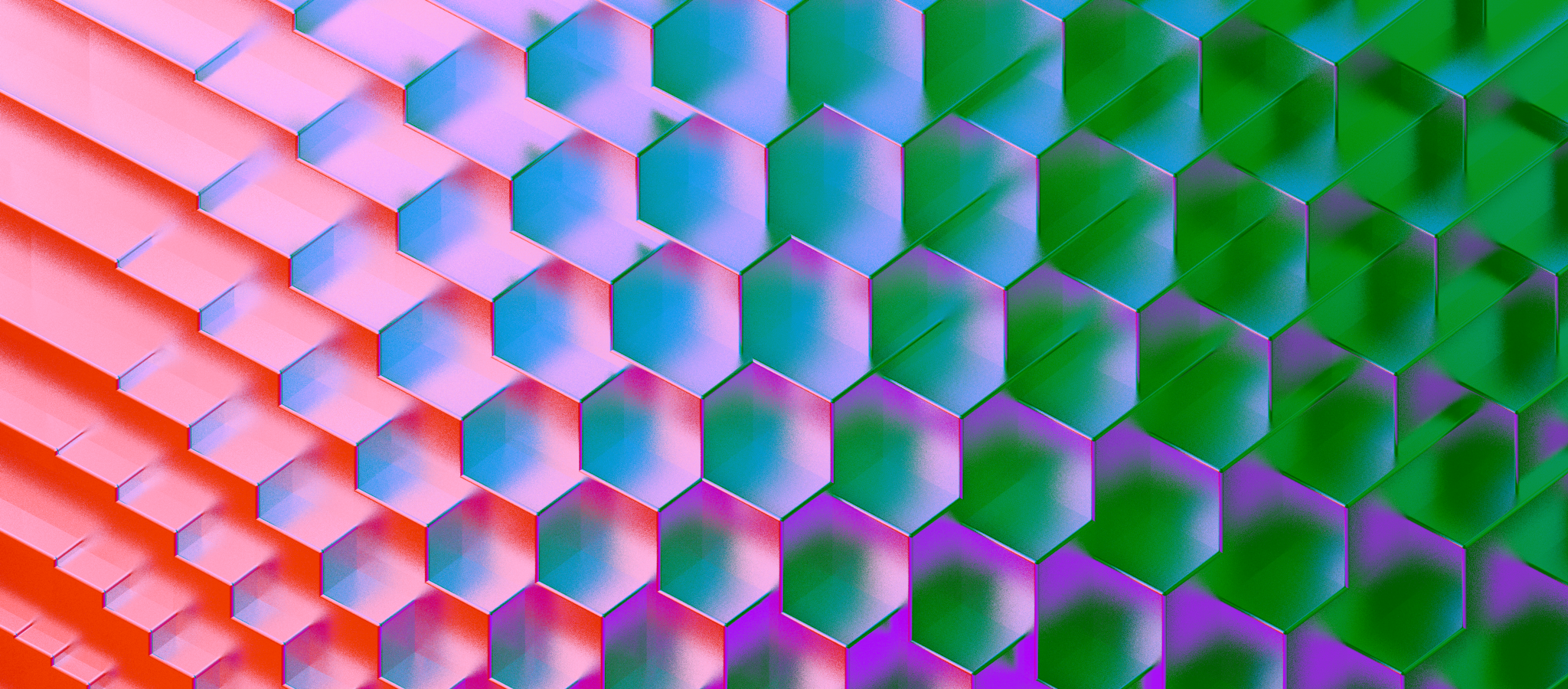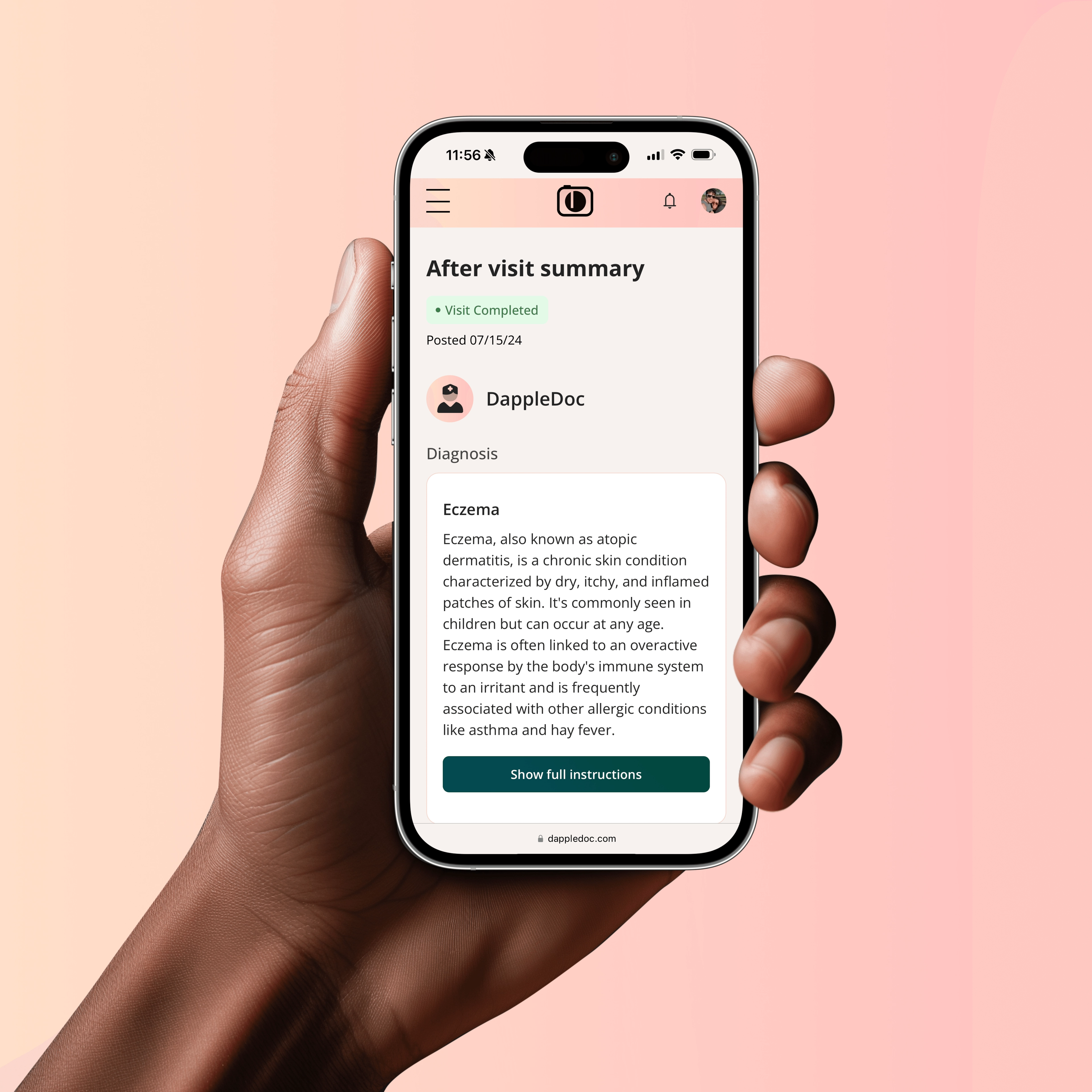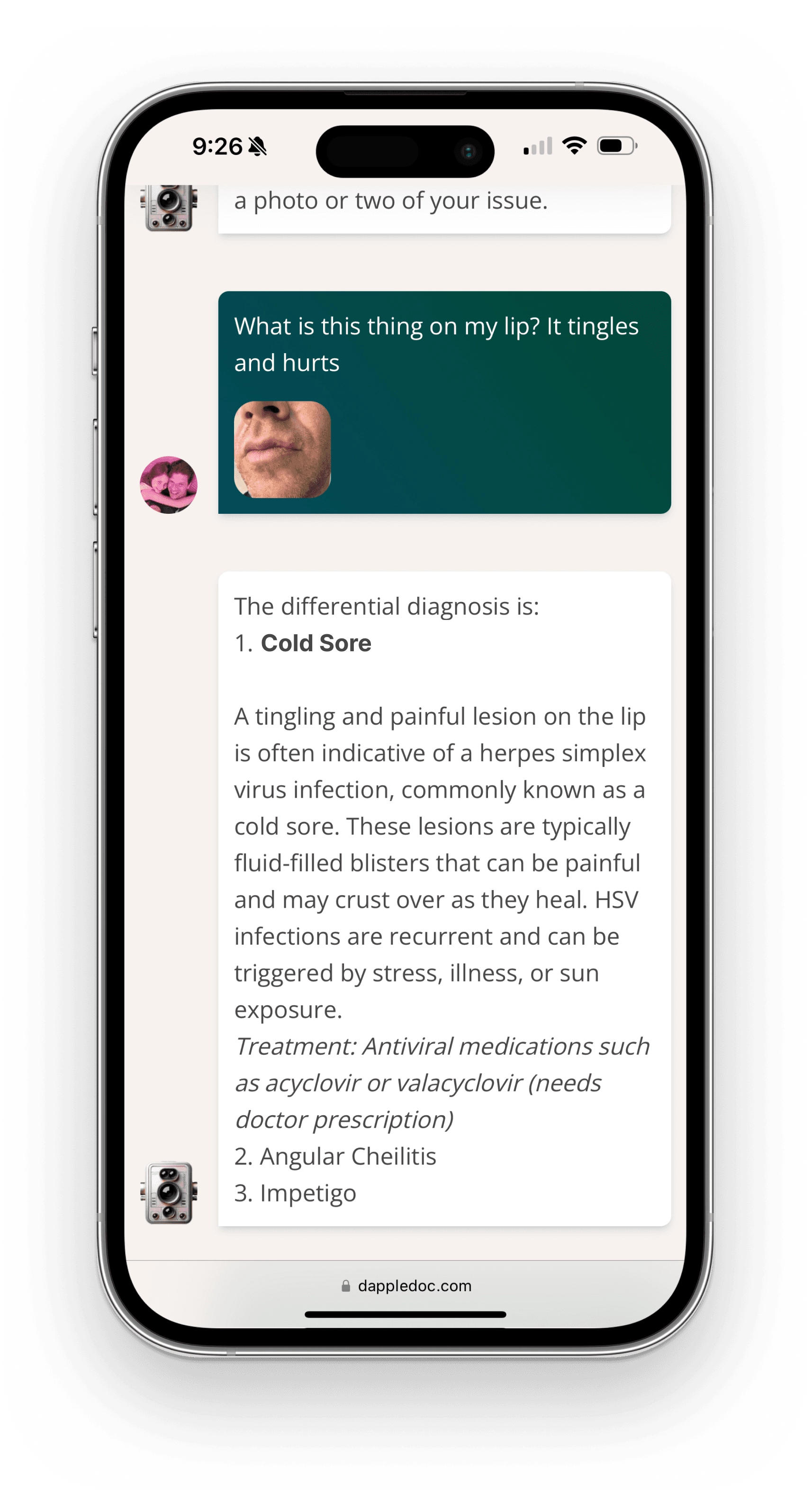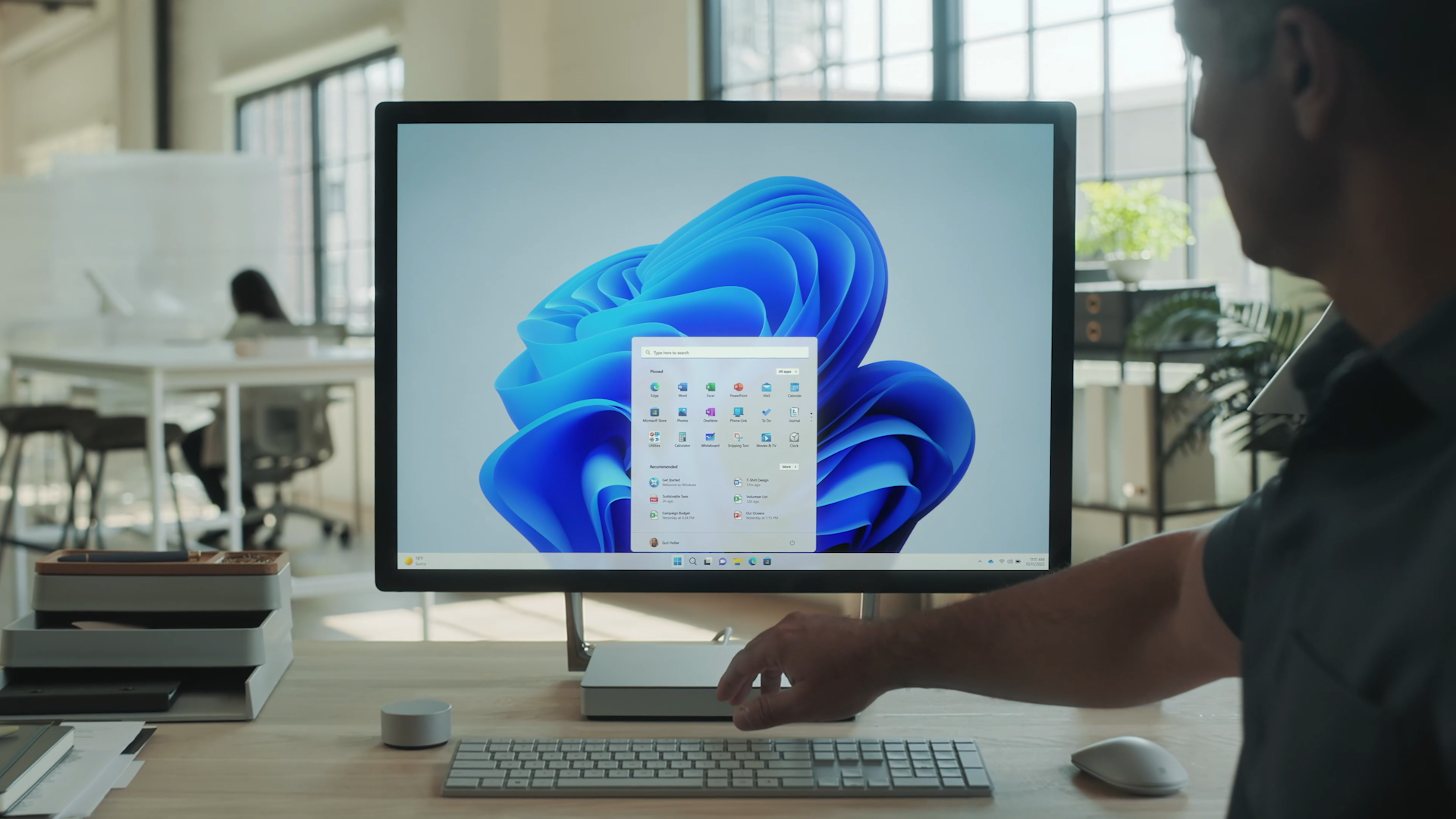The designer’s guide to jumping in the deep end of AI
How I accidentally became a startup guy and saved my mom’s skin

For years, I’ve believed that design has the potential to reshape the business world—especially in tech. But it’s one thing to believe something in theory and another to find yourself knee-deep in the reality of it. I’ve spent most of my career focused on crafting user experiences that delight and inspire. But recently, I took a leap, plunging headfirst into the deep end of product leadership in my own startup. It’s been an eye-opening experience full of lessons, a few sleepless nights, and, as it turns out, a chance to save my mom from skin cancer.
It began about a year ago when my longtime friend Benji—a dermatologist with enough degrees to make your head spin—came to me with a problem. On average, it takes 3-6 months to get a dermatology appointment. And no matter how efficient he was, there’s only so much time in the day. Now, you may be thinking: “What’s the big deal? It’s a few months, just wear some sunscreen.” But as someone who’s just helped catch a basal cell carcinoma that my mom’s own dermatologist missed, I can tell you that some things can’t wait.
And here’s the kicker: many dermatological issues could be diagnosed with just a photo.
That’s when the light bulb went off. We could leverage AI to speed up the process, making dermatology more accessible and, hopefully, saving some lives in the process. So, we built DappleDoc.com, a platform that’s about efficiency for doctors and simplicity for patients. We used AI not just as a buzzword but as the backbone of our service, from generating patient handouts to writing the first lines of code and crafting marketing emails. We were even able to diagnose skin conditions for free with our LLM-backed dermatology bot, DappleBot.

We poured our hearts (and some of our wallets) into this project, but we got something in return that made every penny spent and every all-nighter worth it. First, and most importantly, we diagnosed my mom with skin cancer when testing our service. Considering her doctor had already missed it, who knows how far it may have otherwise progressed. Second, the learning I’ve gained exceeds that of most higher education—and at a significantly lower cost than top universities. College can be prohibitively expensive and it’s also more singularly focused because you typically choose one degree. In a single year, my learning spanned business, medicine, and technology.
Equally notable? This all happened alongside an incredibly demanding day job. I lead design and research for Microsoft 365 Copilot, and considering LLMs are catalyzing the biggest sea change tech has arguably ever seen, work has been intense, to say the least! Deeply engaging with AI has been the secret sauce, supercharging not only my efficiency but also my learning and growth. By removing barriers and amplifying my abilities, I did in nights and weekends what would have taken much longer (and likely a few more gray hairs) without it.
For other product makers, it’s worth noting that this has been a masterclass on the intersection of design, business, and technology. As designers, we often think of our work as being purely about the user—creating beautiful, intuitive experiences that solve real problems. But a great product design has to do more than that. It has to be technically viable, find a market fit, be economically sustainable, and reach the right customers. Only by balancing all these elements can we create something with sustained impact.

Some people in design might argue that what’s good for people is at odds with what’s good for business. I’ve learned that’s a false dichotomy. If you want to build something that truly matters, you have to empathize not just with users, but with the engineers, marketers, and business leaders, too. What technological constraints will our designs live within? What economic factors must be considered? To be great product makers, we need to work at the nexus of human needs, technological feasibility, and business realities.
And, fittingly, AI both catalyzed and facilitated this learning. By lowering the barrier to entry, I was able to code and develop a business plan—areas I likely would have never explored—and I now have a fascination with data, A/B testing, and automation. When coupled with my existing love of user insights, it’s transformed how I approach my day job.
And as for my mom and Benji? Benji has scaled the ability to help people far beyond the confines of a traditional medical practice and my mom is cancer free. She also found a great new doctor! DappleDoc validated her sense of being dismissed by her dermatologist and she found a practitioner that she likes and trusts. That’s the power of crafting experiences that balance design, business, and technology—we can help human connection, collaboration, and creativity flourish.
Some amazing people helped bring this project to life. My heartfelt thanks to Aalap Shah of 1o8.agency for his digital marketing savvy, Andrey Svyrydov and his incredible engineering and design team at Corpsoft.io, Clark Valberg from Tiferes Ventures for the sage advice and invaluable connections, and Justin Stone from J&L Stone, whose deep knowledge of telemedical startup law has helped us navigate some tricky waters.
Header imagery by Karan Singh.
Read more
To stay in the know with Microsoft Design, follow us on Twitter and Instagram, or join our Windows or Office Insider program. And if you are interested in working with us at Microsoft, head over to aka.ms/DesignCareers.

The new Microsoft 365 Copilot mobile experience
How we redesigned the Microsoft 365 Copilot mobile app to create a workspace built around conversation, dialogue, and discovery.

Windows 11 design principles + tenets
Our guiding force behind designing Windows for the AI era

Centering Sign Language in AI and design
A Deaf-led approach to making Sign Language a core principle of inclusive design
